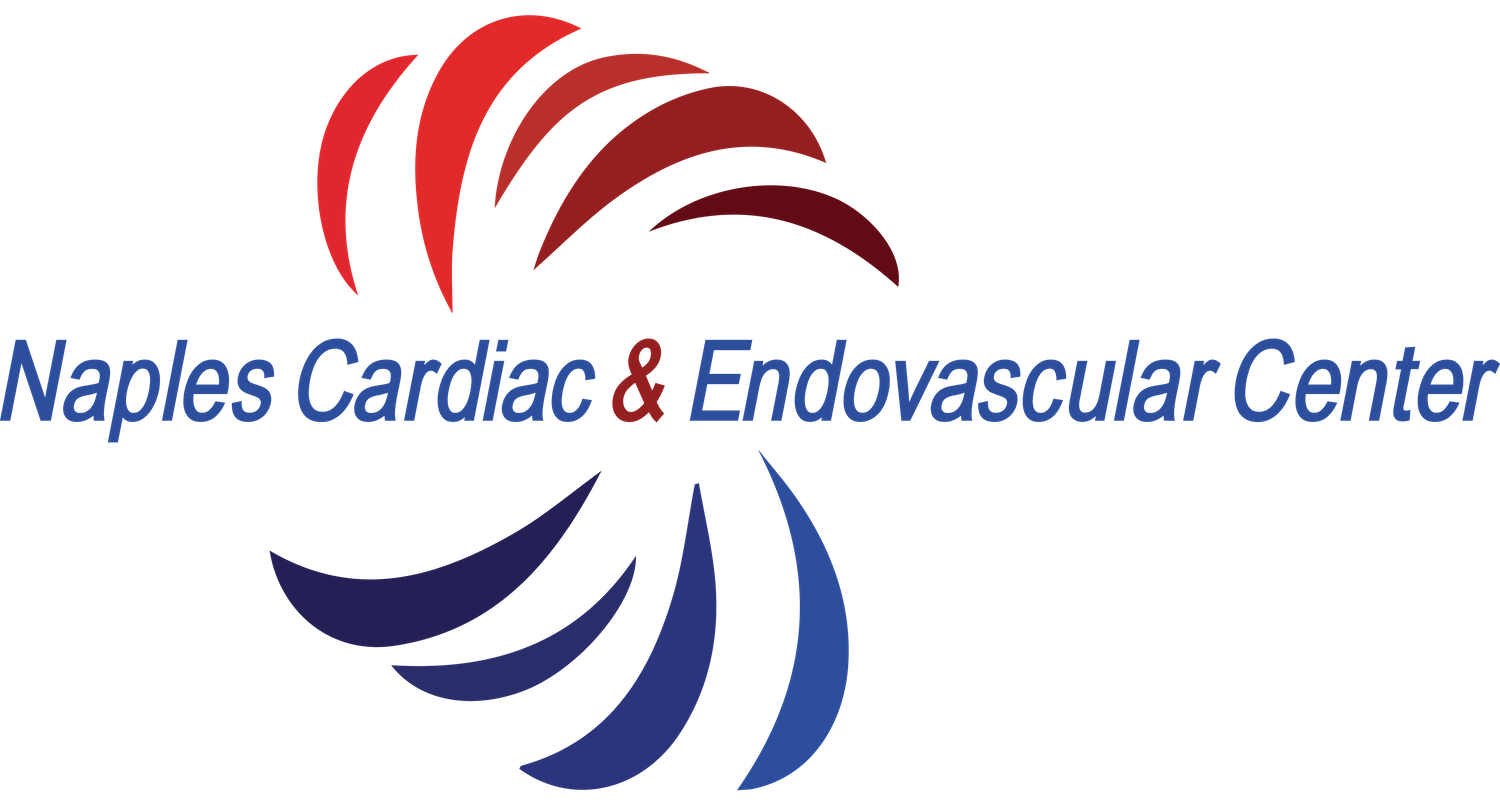Varicose veins overview
Varicose veins are large, rope-like bulges on the surface of the skin. This is a common problem, affecting more than 3 million people in the US annually. Varicose veins can be seen near the groin, in the thighs, calves, and feet.
What causes varicose veins?
Varicose veins are caused by a weakening in the walls of the veins of the legs. There is no definitive etiology of this problem, but it commonly affects women after pregnancies, advancing age individuals and those whose occupation requires prolonged standing or sitting.
Symptoms of varicose veins
When left untreated, varicose veins usually end up being sources of discomfort. Symptoms may include:
Painful, itchy, fatigued legs
Heaviness
Edema, or swelling
Skin discoloration
Rash
Superficial phlebitis (painful inflammation from blood clots)
Leg ulcers
Leg sores
Varicose vein treatment
Varicose vein prevention requires an active, healthy lifestyle. Varicose veins have been around for a long time, so the treatment options are well studied and all viable.
Conservative Treatment
Conservative Treatment involves using compression stockings and massages to manage the swelling in the legs. There is also a physical regimen that your doctor will discuss with you—it usually consists of daily light walking and exercise.
Sclerotherapy
Sclerotherapy is a process in which a substance is injected into problem veins—forcing them to clot naturally and eventually disappear. This is usually done with ultrasound, but can also be done with visually.
Endovenous Ablation
Endovenous ablation is performed with a small catheter. This catheter is placed inside the compromised veins to seal them off. This can be achieved with a laser catheter or a radiofrequency ablation catheter.
Ambulatory Phlebectomy
Ambulatory phlebectomy is the mechanical removal of diseased varicose veins. This is done minimally invasively using various small superficial leg skin incisions.
To request a consultation click below or call (239) 300–0586

















